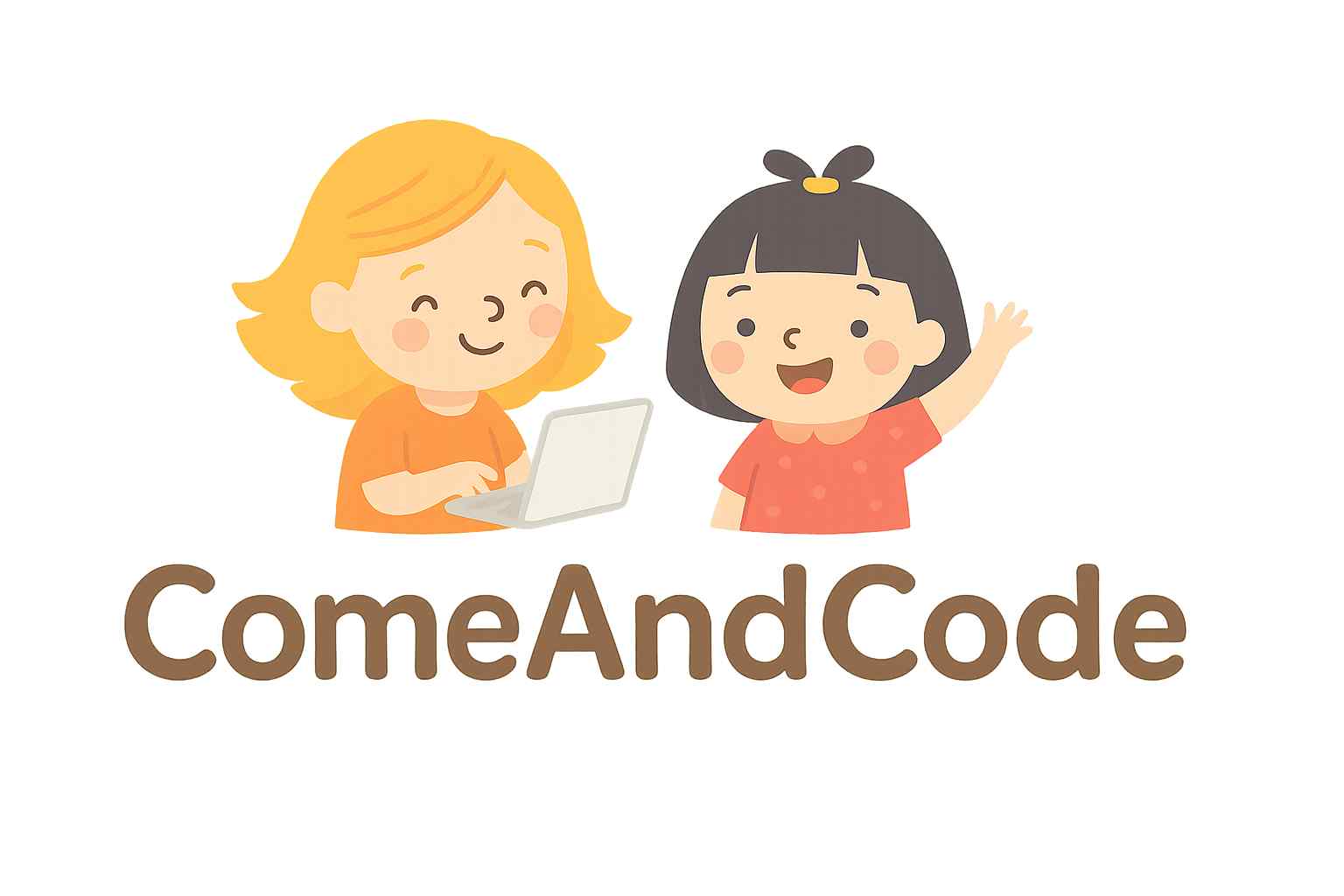In the digital era, social media has become an integral part of children’s lives, offering them platforms for communication, creativity, and entertainment. However, as parents, it’s crucial to navigate this landscape thoughtfully to ensure your child’s safety and well-being. This comprehensive guide will help you understand the most popular social media apps among kids, their features, and strategies for managing their online presence effectively.
The Growing Influence of Social Media
Why Kids Are Drawn to Social Media
Kids and teenagers are increasingly turning to social media for several reasons:
- Connection with Peers: Social media allows children to stay in touch with friends and make new connections, fostering a sense of belonging.
- Creative Expression: Many platforms encourage users to share photos, videos, and other creative content, helping kids express themselves.
- Access to Information: Social media offers a wealth of information, from trends to news, which appeals to kids’ curiosity.
- Entertainment: With countless videos, memes, and interactive content, social media serves as a significant source of entertainment.
Popular Social Media Apps for Kids
1. Instagram
Overview
Instagram is a visual platform where users can share photos and videos. It has become a favorite among young people for its aesthetic appeal and interactive features.
Key Features
- Stories: Temporary posts that last for 24 hours.
- Direct Messaging: Private messaging with friends.
- Explore Page: Discover new content tailored to users’ interests.
Considerations for Parents
- Privacy Settings: Ensure that your child’s account is set to private to control who can view their content.
- Exposure to Inappropriate Content: Monitor their interactions and discussions around sensitive topics.
2. TikTok
Overview
TikTok is a video-sharing app known for its short, entertaining clips. It allows users to create and share videos, often set to music.
Key Features
- For You Page: A personalized feed of popular videos based on user preferences.
- Challenges and Trends: Engaging trends that encourage participation.
Considerations for Parents
- Content Moderation: Help your child understand how to report inappropriate content and manage their exposure.
- Time Management: Encourage setting limits on usage to prevent excessive screen time.
3. Snapchat
Overview
Snapchat is a multimedia messaging app that allows users to send photos and videos that disappear after being viewed.
Key Features
- Snaps: Temporary messages shared with friends.
- Stories: 24-hour updates visible to friends.
- Filters and Lenses: Fun effects for photos and videos.
Considerations for Parents
- Ephemeral Nature of Content: Discuss the implications of sending disappearing messages and the risks of sharing sensitive content.
- Stranger Interactions: Teach your child to be cautious about accepting friend requests from unknown users.
4. YouTube
Overview
YouTube is a vast video-sharing platform that offers a wide range of content, from educational videos to entertainment.
Key Features
- Subscriptions: Users can subscribe to channels for regular updates.
- Comments Section: Interaction with creators and other viewers.
Considerations for Parents
- Content Supervision: Encourage your child to watch age-appropriate channels and discuss any concerning videos together.
- Screen Time Management: Set limits on how long they can watch videos each day.
5. Facebook
Overview
Although less popular among younger audiences, Facebook remains a widely used platform for communication and sharing.
Key Features
- News Feed: A stream of updates from friends and pages.
- Groups: Community spaces for shared interests.
- Events: Planning gatherings and inviting friends.
Considerations for Parents
- Privacy Settings: Guide your child in setting their profile to private and understanding friend requests.
- Potential for Cyberbullying: Be vigilant about interactions in groups and comments.
Best Practices for Parents
1. Educate Yourself About Social Media
Understanding the apps your children are using is crucial. Familiarize yourself with their features, potential risks, and the latest trends to engage in informed discussions with your kids.
2. Encourage Open Communication
Maintain an open dialogue about social media use. Ask your children about their favorite apps, the content they enjoy, and any concerns they may have. This fosters trust and ensures they feel comfortable discussing their online experiences.
3. Set Clear Boundaries and Guidelines
Establish rules for social media use, including:
- Screen Time Limits: Determine how much time is appropriate for your child.
- Age Restrictions: Ensure they are aware of the minimum age requirements for various platforms.
- Privacy Settings: Help them configure privacy settings to control who sees their content.
4. Monitor Their Online Activity
While it’s essential to grant children some independence, monitoring their social media activity can help ensure their safety. Consider using parental control apps or tools that allow you to oversee their online interactions without invading their privacy.
5. Teach About Privacy and Security
Educate your child on the importance of privacy:
- Sharing Personal Information: Discuss why they should avoid sharing sensitive information online.
- Location Sharing: Explain the risks of sharing their location in posts or messages.
6. Address Cyberbullying
Discuss the potential for cyberbullying and how to handle it. Encourage your child to:
- Speak Up: Let them know they should report any bullying or harassment they experience or witness.
- Block and Report: Teach them how to block users and report inappropriate behavior on each platform.
7. Promote Critical Thinking
Help your child develop critical thinking skills about the content they encounter online. Encourage them to question:
- Sources of Information: Is the content credible? Who created it?
- Advertisements and Influencer Content: Discuss the difference between genuine recommendations and sponsored posts.
8. Model Healthy Social Media Behavior
Lead by example by demonstrating healthy social media habits. Show balanced usage and respectful interactions online, as your behavior sets a standard for your children.
The Importance of a Balanced Approach

1. Recognizing the Risks
While social media can be a valuable tool for connection and creativity, it also carries risks. Be aware of potential impacts on your child’s mental health, such as anxiety or low self-esteem due to social comparisons.
2. Encouraging Offline Activities
Promote a balanced lifestyle by encouraging your child to engage in offline activities. Sports, hobbies, and face-to-face interactions are essential for healthy development.
3. Understanding the Digital Landscape
Stay updated on changes in the digital landscape, including new apps and trends that may attract your child’s attention. This will enable you to have informed discussions about their online experiences.
Conclusion
Navigating social media can be challenging for both parents and children. By understanding the platforms, fostering open communication, and implementing practical guidelines, you can help your child enjoy the benefits of social media while minimizing risks. With your guidance and support, they can develop a healthy relationship with technology that promotes safety and well-being.

